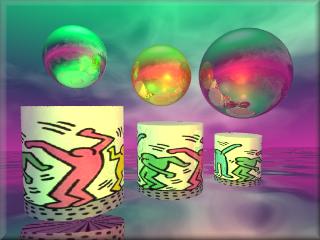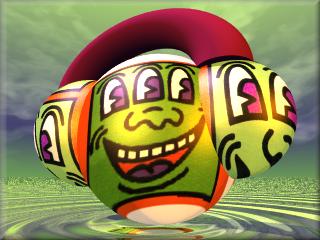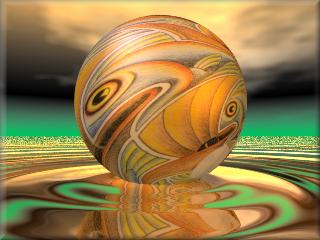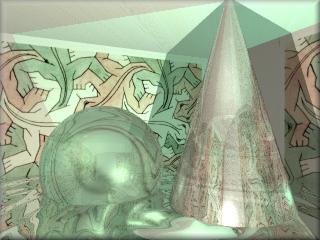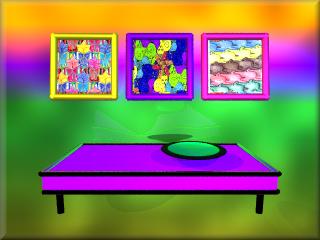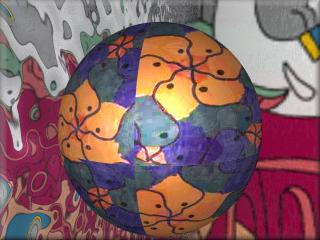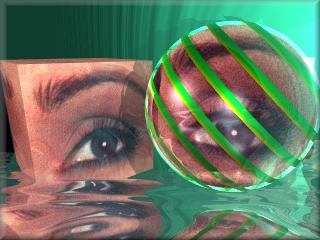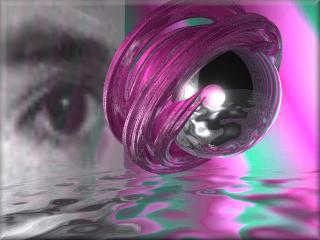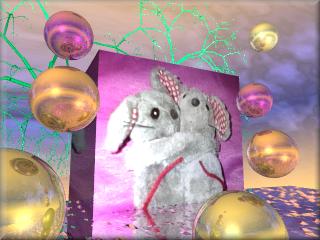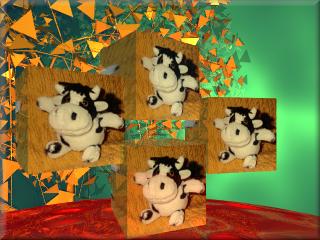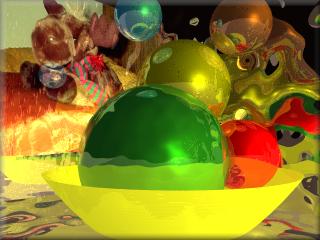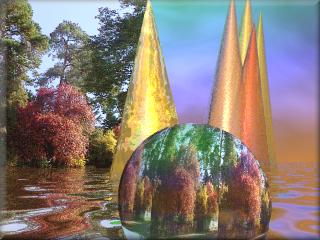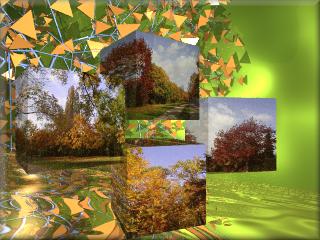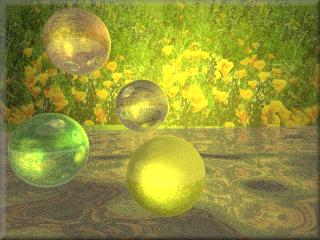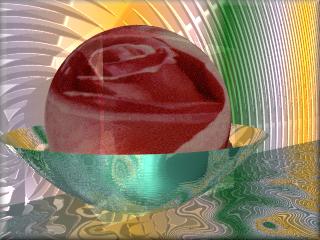Keith Haring
In the mid-1980s, a new form of mural painting emerged in New York in the form of spray art, which followed on from the tradition of sgraffito and has since spread throughout the western world.
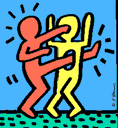

Sgraffito, also known as graffito (Italian sgraffiare: to scratch), was used to describe signs and symbols on walls and rock faces. However, this term also stands for a technique of wall and façade painting in which several different coloured layers of plaster are applied.
Initially with political slogans, then also with pictorial representations sprayed on the walls of public buildings, the new artistic form of expression graffiti emerged. Alongside Keith Haring, Harald Naegeli in particular became known in German-speaking countries as the ‘Sprayer of Zurich’.
Wall painting: In addition to the cave paintings in Spain (Altamira) and southern France (Lascaux), cave paintings can also be found in China from around 1700 BC. There were also cave and wall paintings in India (Ajanta caves, 2nd century BC to 7th century AD), Egypt (burial chambers, approx. 3000 BC), in the Cretan-Minoan cultural area (palace in Knossos), in ancient Greece and Rome. In the course of time, mural painting lost importance, but was revived in the Renaissance from the 14th century until the late Baroque period. It was not until the 20th century that artists such as Diego Rivera, José Clemente Orozco, Rufino Tamayo and David Alfaro Siqueiros (Mexico) created murals with national and socially critical content
The American graffiti artist
Keith Haring (1958-1990) was born in Pennsylvania on 4 May 1958. His father was a cartonist and Keith Haring became interested in art at an early age. He initially worked with small, interconnected abstract figures. At the age of 19, he had his first exhibition at the Pittsburgh Arts and Crafts Centre.
''For Pittsburgh, this was a big thing, especially
for me, being nineteen and showing in the best
place I could show in Pittsburgh besides the
museum. From that time, I knew I wasn't going
to be satisfied with Pittsburgh anymore or the
life I was living there. I had started sleeping
with men...I decided to make a major break. New
York was the only place to go.''
He came to New York in 1978 and was fascinated by the paintings in the underground.
"One day, riding the subway, I saw this empty black panel where an advertisement was supposed to go. I immediately realized that this was the perfect place to draw."
His work became increasingly well-known, and over the next few years he became famous worldwide. In 1986, he opened the PopShop in NewYork.
"My work was starting to become more expensive and more popular within the art market. Those prices meant that only people who could afford big art prices could have access to the work. The Pop Shop makes it accessible."
Keith Haring was diagnosed with AIDS in 1988. In an interview he said:
"No matter how long you work, it's always going to end sometime. And there's always going to be things left undone. And it wouldn't matter if you lived until you were seventy-five. There would still be new ideas. There would still be things that you wished you would have accomplished. You could work for several lifetimes....Part of the reason that I'm not having trouble facing the reality of death is that it's not a limitation, in a way. It could have happened any time, and it is going to happen sometime. If you live your life according to that, death is irrelevant. Everything I'm doing right now is exactly what I want to do."
The image templates used for the following pictures can be downloaded from one of the Keith Haring pages on the Internet.
Escher
The Dutch graphic artist Maurits Cornelius Escher (1898-1972) settled in Holland after a 19-year stay in Italy and worked primarily with woodcuts, wood engravings and lithographs. Viewers are fascinated by his playful approach to reality, his pictorial illusions of landscapes and architectural depictions. Spatial illusions, mathematically thought-out images and ornamental compositions are typical of Escher.
In the
WORLD OF ESCHER you can download the graphics I used as image projections.
For the following two images, image templates from school competitions on the ‘Escher’ theme were used, which were also downloaded from the
World of Escher.
Eyes
Cuddly toys
Autumn pictures
Image projections with flowers
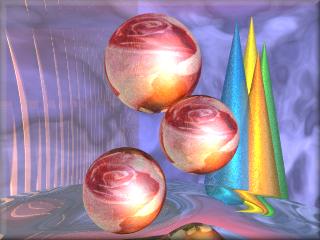
|
| For Friedelind 24.5.1999 |



